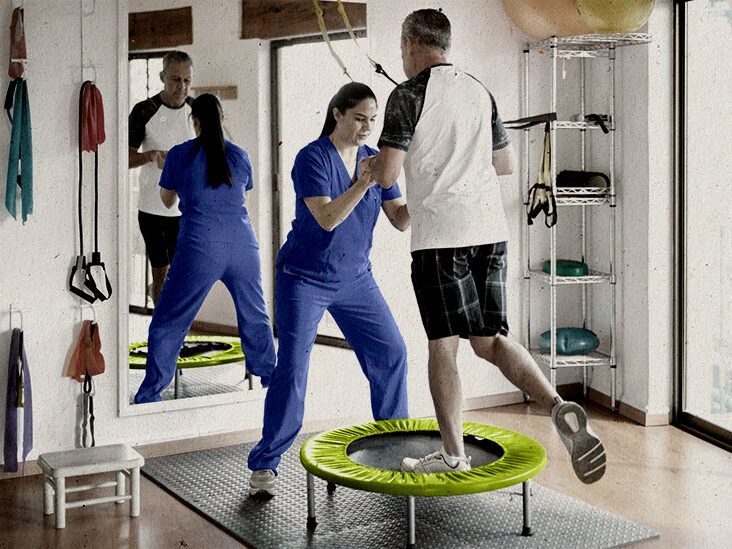Rehabilitation after an operation typically starts with an evaluation by a certified physical therapist. This expert assesses the patient's condition, including their range of movement, strength, and pain levels. Based on this assessment, a personalized treatment plan is created. This plan may include workouts to enhance flexibility, muscle-building to rebuild muscle, and techniques to enhance balance and coordination. The therapist will guide the patient through these exercises, making sure they are executed safely and effectively. This tailored approach helps patients progress at their own speed while meeting their specific requirements.
One of the main advantages of rehabilitation is discomfort management. After the procedure, many patients feel discomfort or pain, which can hinder their ability to move and participate in daily tasks. Physical therapists use different methods, such as hands-on therapy, treatments like heat or ice, and targeted exercises, to help alleviate pain. By managing pain effectively, patients can engage more fully in their rehabilitation workouts, leading to quicker recovery. Additionally, understanding how to manage pain can enable patients to assume an active role in their healing process.

Another important aspect of physical therapy is education. Patients are taught about their status, the recovery process, and the significance of adhering to their rehabilitation program. This understanding helps patients understand what to expect during recovery and the role they have in their own recovery. Physical therapists also provide guidance on how to adjust daily tasks to prevent further injury and encourage best site healing. This informative component fosters a sense of independence and assurance, allowing patients to feel more empowered of their recovery journey.
In conclusion, physical therapy is an integral component of healing after an operation. It not only aids in physical rehabilitation but also promotes emotional and emotional well-being. Through personalized treatment plans, discomfort management techniques, and educational support, rehabilitation enables patients to take charge of their recovery. By proactively engaging in their rehabilitation, individuals can regain their power, improve their movement, and improve their overall quality of life. Embracing rehabilitation after surgery can lead to a positive and fulfilling recovery experience.